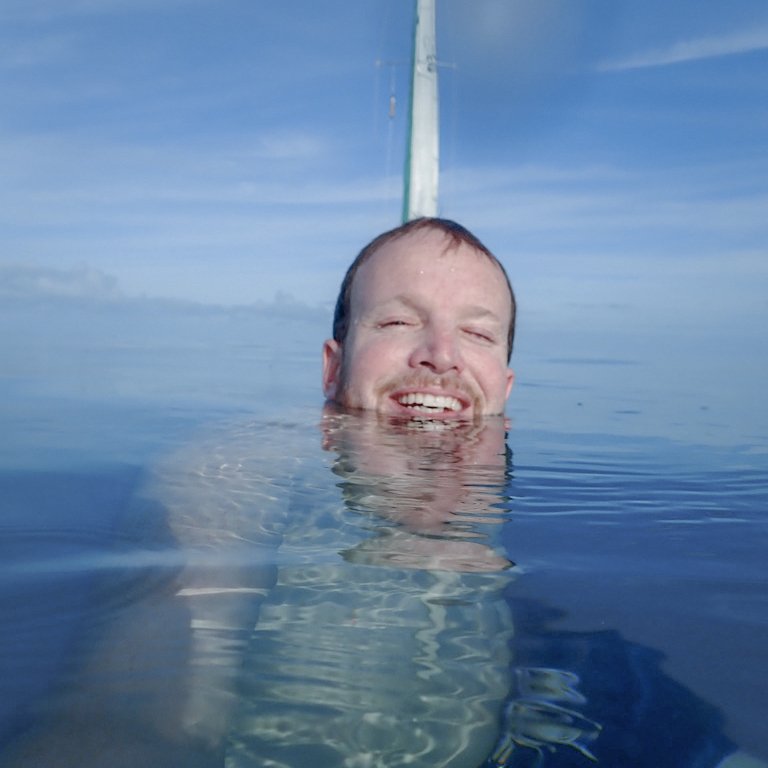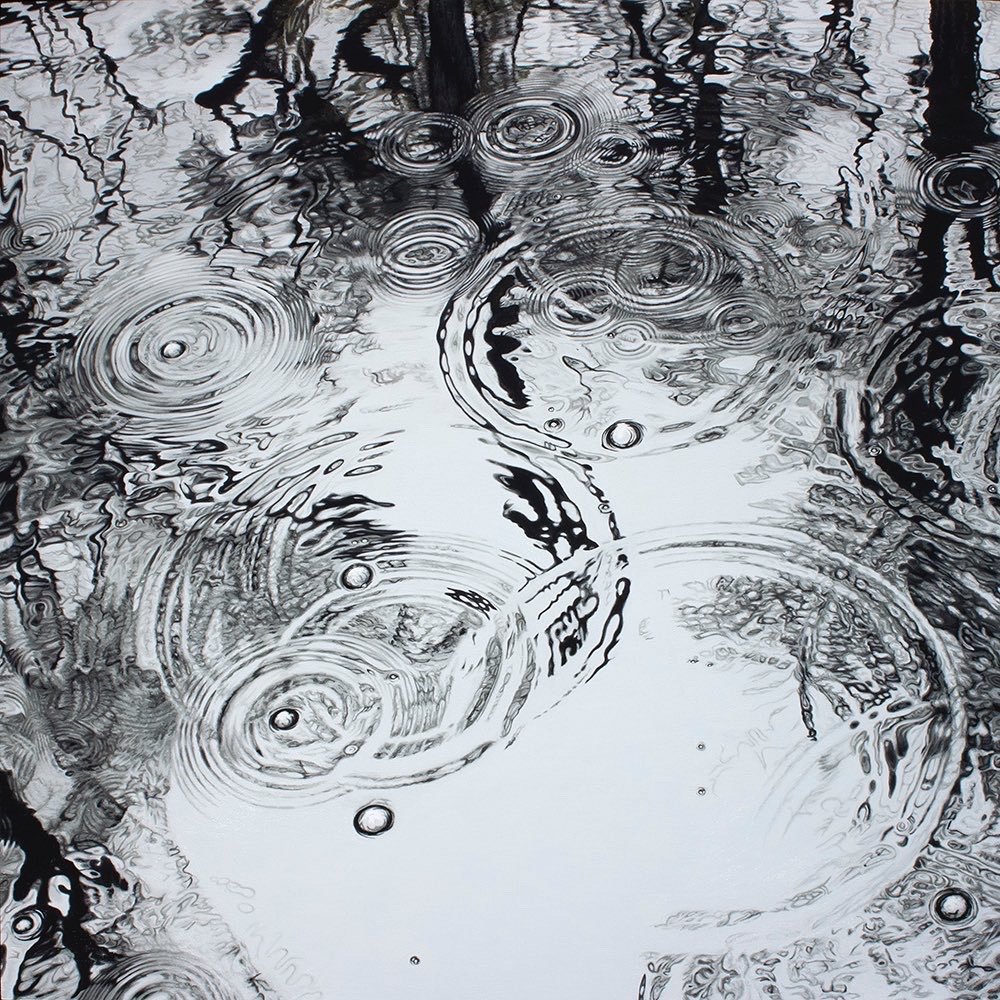…is my favorite day in the time it takes to make a painting. It is my made up name for the day where I get to see the painting in its forever home for the first time.
There is always a two step going on in process of making a painting, the painting itself and the frame that will house it. Popping off the clamps, I get a bit excited to know that those two tracks are coming together.
It’s a great feeling to not only see what the finished work will look like, but often gives me a little boost to get over the last pile of hours and finish the painting.
This one is going to the 20 Year Anniversary Show at RLS Gallery, opening this Friday from 5-8pm at 2 Queen St. I can’t begin to explain how grateful I am for Megan, Rob, Curry, and the entire RLS team over these years for enabling me to pursue my passion and make it my living.
If you’d like to see the (hopefully) finished painting, please come by and celebrate with us! But just be warned, the painting will probably still be wet…





























































